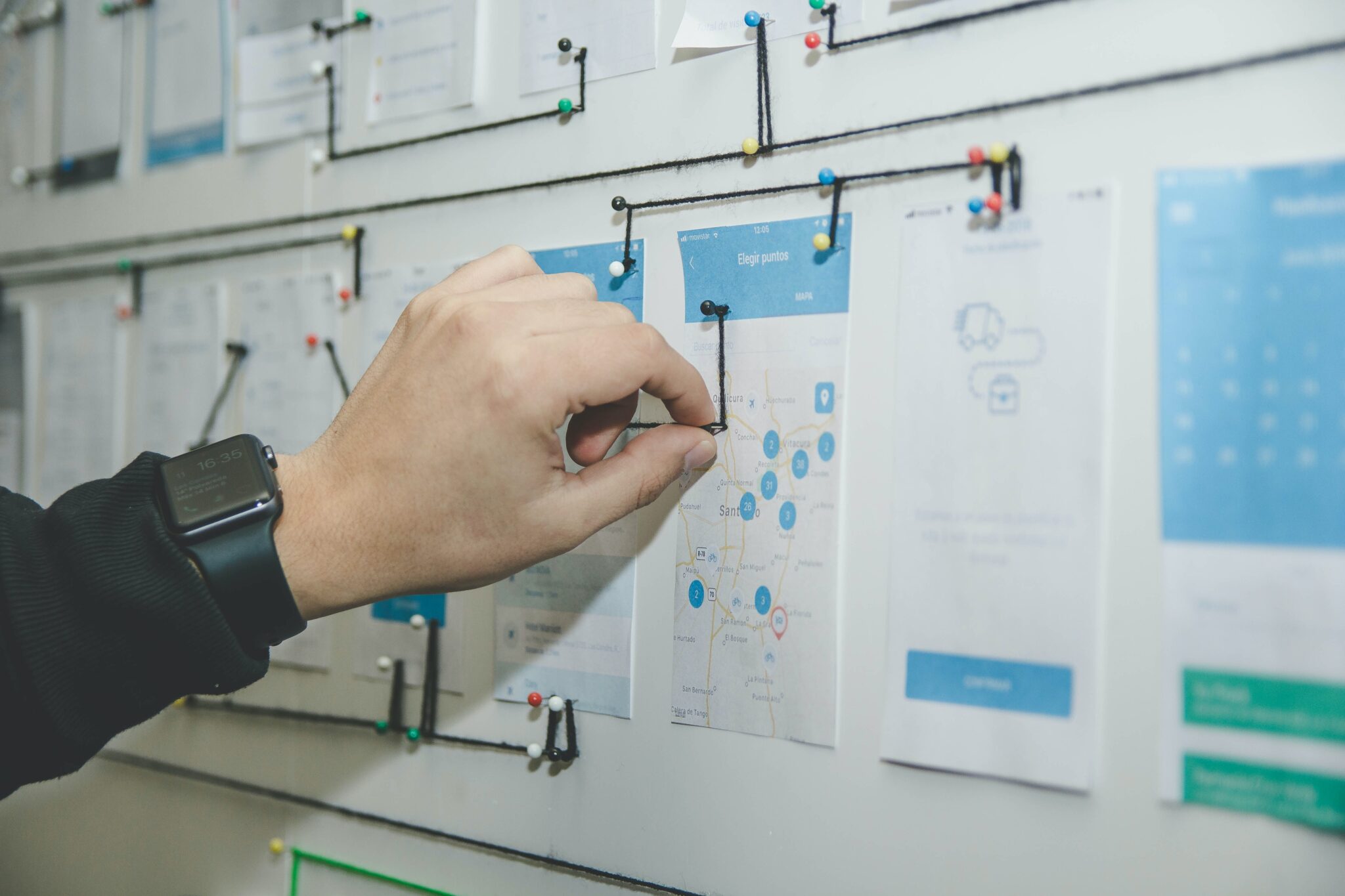The fourth stage in the Design Thinking process, Prototype, represents a reversal from everything you have done to get here. Instead of encouraging your team to come up with as many ideas as possible to solve the problem statement, you now have to encourage your team to narrow focus and eliminate impracticalities.
For those with an engineering mindset, the Prototype stage is more exciting than the prior Ideate stage. This is where ideas become reality, but it can also be the hard stop where resource limitations prevent you from succeeding.
Winning by Failing Intelligently
The goal of the Prototype stage is often referred to in popular media as “Fail fast and fail cheap.” Users become co-creators in the design, so you want to bring them in as early as possible. Make the least investment you can to create a working demo or a Minimum Viable Product (MVP). Get it in the hands of users and record as much as you can about their spoken and unspoken reactions.
A prototype doesn’t have to be a physical object or a functional piece of software. It can be a role play, a series of visuals, a video storyboard. Speed and simplicity in prototyping helps prevent team members from getting emotionally attached to a single solution. People naturally favor their own creations, so be prepared to treat this as a scientific experiment, not as a validation of the worth of ideas. The best idea in the world can be something that your users really don’t need or want. The large failure rate of startups is a testament to the number of founders who still don’t listen carefully enough to their prospective customers.
Recognizing the Right Prototype
Winning innovations touch a chord in users. They are lighting rods of creative problem-solving. That kind of reaction should indicate an idea worth pursuing.
Don’t prototype indiscriminately. Edison may have successfully found 10,000 materials that didn’t work for light bulbs, but you don’t have time for that. Each prototype should be designed to determine an answer to a working hypothesis. Decide what is being tested and build your next prototype based on that answer. At the same time, don’t be afraid to look deeper into the results for answers to questions you never thought to ask.
The Build-Measure-Learn Loop
Stanford’s d.school, where Design Thinking processes were first structured into a teachable set of principles, advises,
“Though prototyping and testing are sometimes entirely intertwined, it is often the case that planning and executing a successful testing scenario is a considerable additional step after creating a prototype. Don’t assume you can simply put a prototype in front of a user to test it; often the most informative results will be a product of careful thinking about how to test in a way that will let users give you the most natural and honest feedback.”
The Beginning of the End
This brings us to the most important observation about the entire Design Thinking process. It is not strictly linear, moving from one stage cleanly to the next with a defined beginning and endpoint. Prototyping can send you looping back to the Ideate or even the Define stage. The final stage of Test will definitely send you back to the Prototype, and could end up sending you all the way back to the Empathize stage if users react strongly in unexpected ways. Stay tuned for our final article in this series, where we will look at precisely how to structure those tests to maximize the value of your team’s efforts.
Looking to stay on top of the latest trends & insights? Check out our blog and follow us on Instagram and LinkedIn to stay in the loop.
